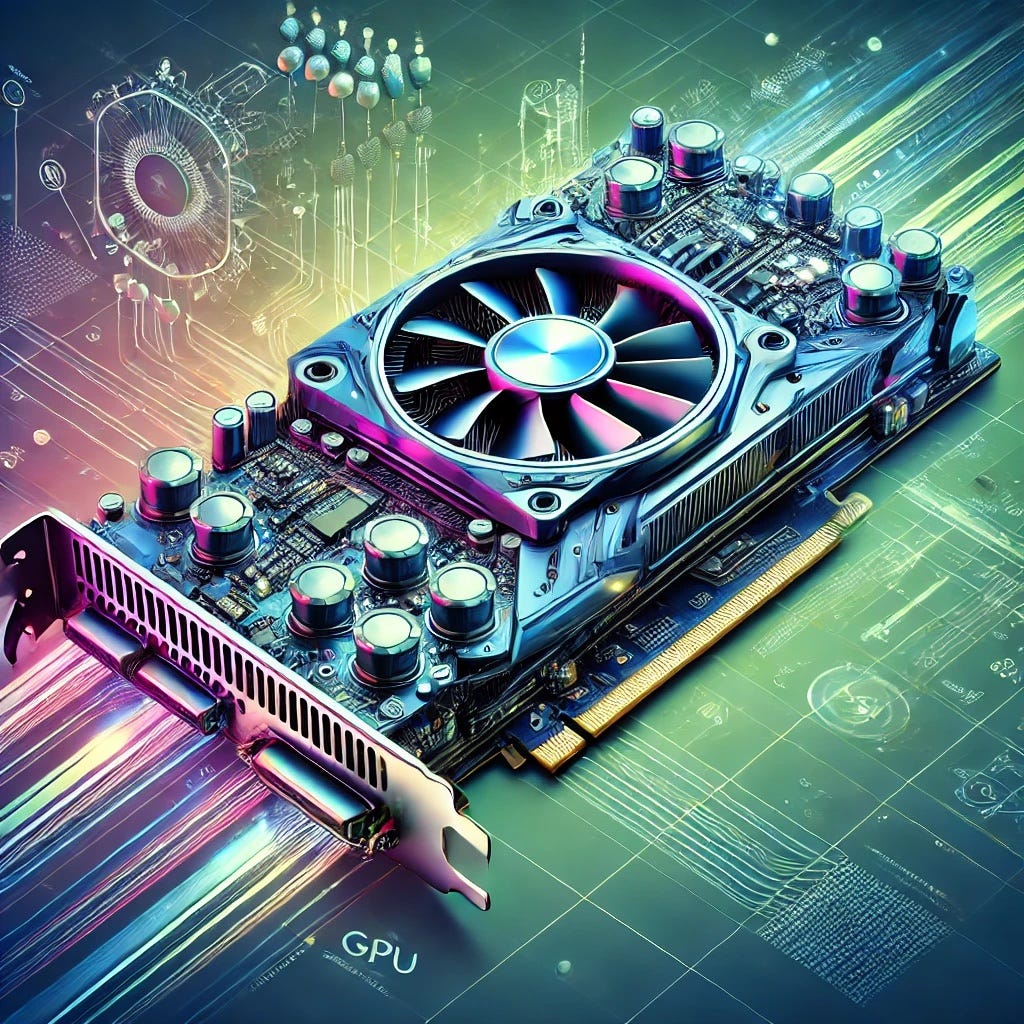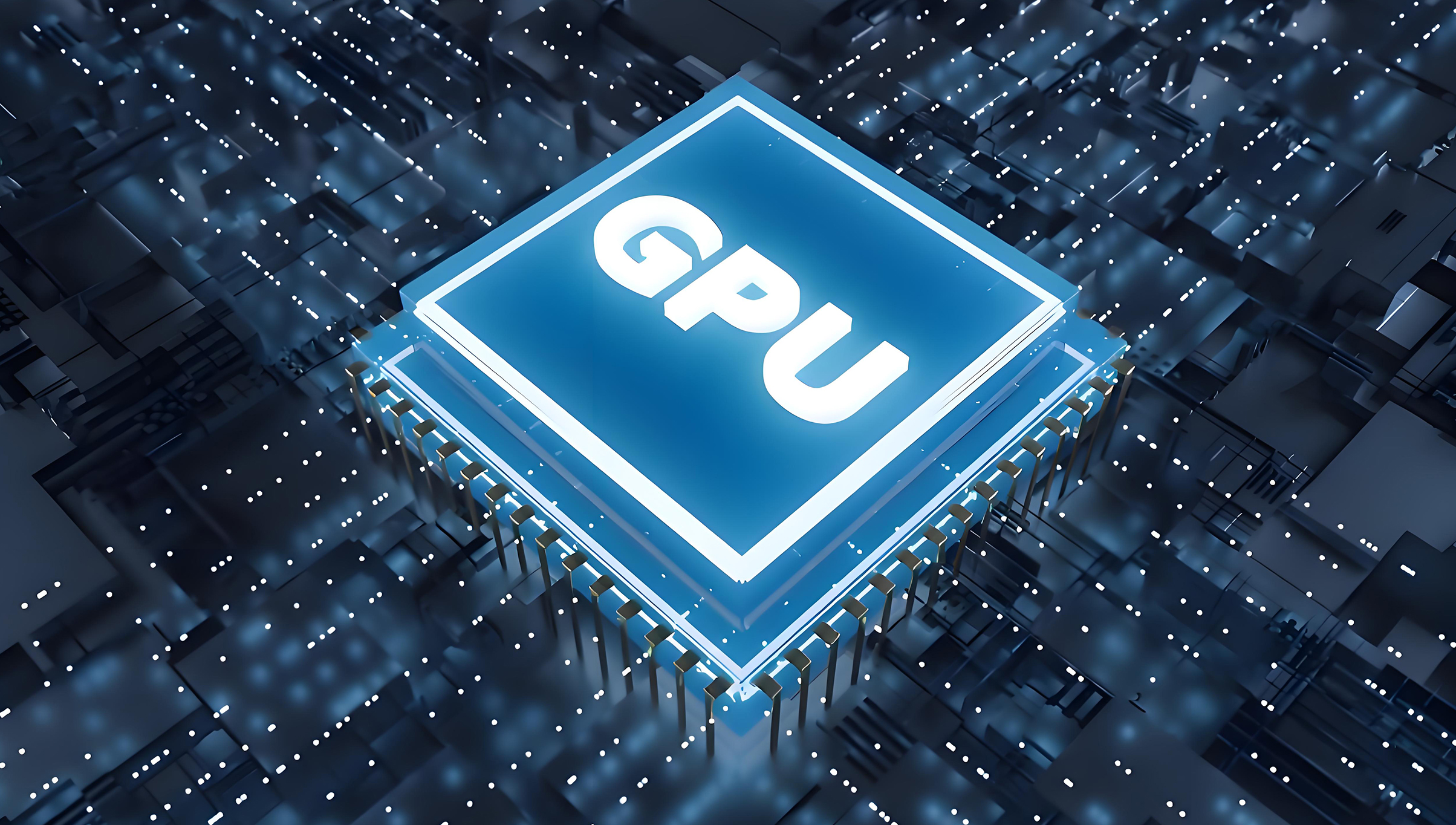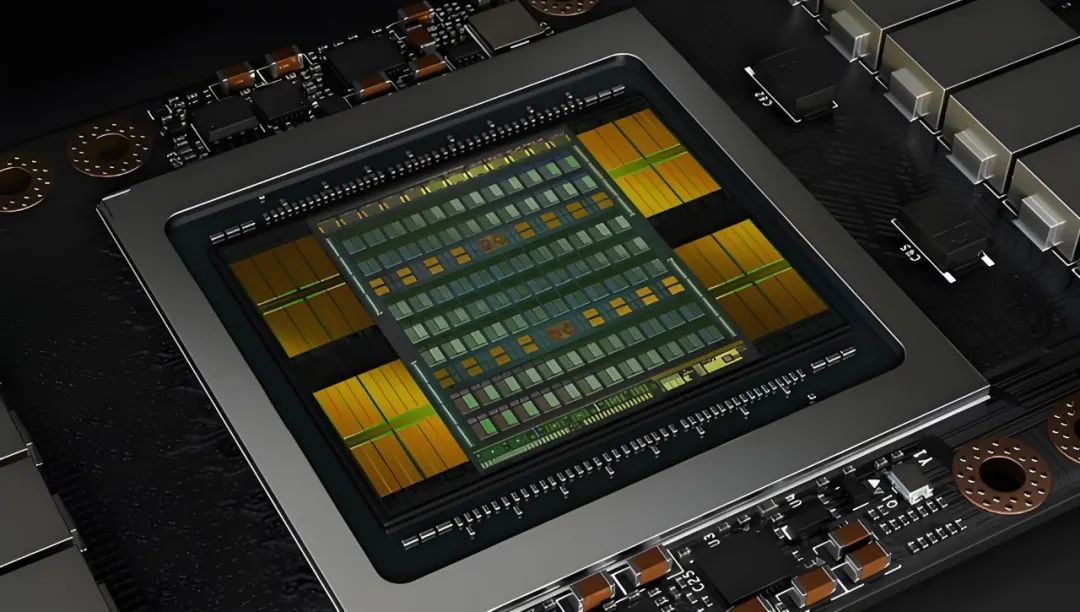The demand for GPUs for intelligent computing and AI model training is skyrocketing.
Whether you're a gaming enthusiast or a cyber alchemist engaged in large model training, choosing the right NVIDIA GPU card is a critical decision.
So, how can you select a suitable and cost-effective GPU from the myriad of available models?
Step 1: Understand Your Needs
The first step in selecting a GPU is to assess your requirements. Depending on the project and budget, your choices will vary.
Application Scenarios
NVIDIA offers five main series of graphics cards:
1. GeForce Series:
-
The GeForce GTX series includes classic models like the GTX 1060, GTX 1070, and GTX 1080, which have now evolved into the more advanced RTX series.
-
The GeForce RTX series, featuring models such as the RTX 2060, 2070, 2080, and the latest RTX 3060, 3070, 3080, 3090, 4080, and 4090, all come equipped with advanced ray tracing technology.
2. Quadro Series:
-
This series is the top choice for professional graphics workstations, providing high stability and precision for CAD, 3D modeling, rendering, and animation.
3. Tesla Series:
-
Designed for data centers and high-performance computing (HPC), Tesla cards support massive parallel computing, covering scientific calculations, deep learning training and inference, and big data analysis. Notable representatives include the A100 and V100.
4. Data Processing Unit (DPU):
-
The DPU is an innovative product line from NVIDIA, focusing on data center networking, storage, and secure data processing, significantly improving operational efficiency and security in data centers.
5. Grace CPU and Grace-Hopper Super Chip:
-
These chips are optimized for advanced computing needs.
Key Takeaways:
-
The GeForce series targets gaming, the Quadro series is meant for 3D design and professional imaging, and the Tesla series is preferred for scientific calculations. For large-scale cluster training, Tesla remains the go-to option, while the GeForce series, such as the popular RTX 4090, offers a balance of performance and cost-effectiveness for single-machine training.

Key Performance Indicators
1. Computational Power:
This is a core performance metric for GPUs. Floating-point performance is crucial, especially for deep learning tasks involving extensive matrix calculations. Key types include:
-
FP64: Double precision, used for high-precision applications like scientific computing.
-
FP32: Single precision, commonly used in deep learning and machine learning tasks.
-
TF32: A new format introduced with the A100, optimized for deep learning, offering higher efficiency than FP32.
-
BF16: A low-precision format that balances computation accuracy and efficiency, often used in machine learning and deep learning.
-
FP16: Half precision, primarily for inference tasks, offering faster computation and smaller storage.
-
INT8: An 8-bit integer format that is highly efficient for inference tasks.
2. Memory Capacity:
-
Larger memory capacity allows for the handling of more data, making it ideal for large model training and high-resolution graphics rendering.
3. CUDA Cores:
-
These are the computing units on NVIDIA GPUs responsible for executing general parallel computing tasks. More CUDA cores generally mean stronger parallel computing performance.
4. Tensor Cores:
-
Developed for high-end GPUs, Tensor Cores are specialized processing units designed to accelerate matrix multiplication. Their presence significantly reduces computation time during extensive matrix operations, making GPUs with Tensor Cores ideal for AI training.

Cost-Effectiveness
Cost-effectiveness is a critical consideration when choosing a GPU. The following image illustrates the performance per dollar spent during training and inference, reflecting the overall cost-effectiveness of NVIDIA’s graphics cards.

The larger the number, the better the performance you can obtain for each dollar spent. For example, the RTX 2060 offers greater cost-effectiveness than the RTX 2070, 2080, or 2080 Ti.

While the above evaluations focus on specific features, actual GPU performance also depends on various factors, including cluster size and inter-card communication efficiency. It's also worth noting that some affluent users may opt for pricier models without regard for cost-effectiveness.
Understanding Model Designations
Finally, what does the designation RTX 4090 signify?
-
RTX indicates a mid-to-high-end model with ray tracing capabilities
-
GTX denotes a mid-to-high-end model without ray tracing.
-
GT represents entry-level models.
-
The number "40" indicates that this is the latest generation of graphics cards, with older generations denoted by "30," "20," and "10."
-
The number "90" reflects the performance level, with higher numbers indicating stronger performance, including 60, 70, 80, and 90 models.
With this comprehensive understanding, you can make a more informed decision when selecting the right GPU card for your specific needs.







